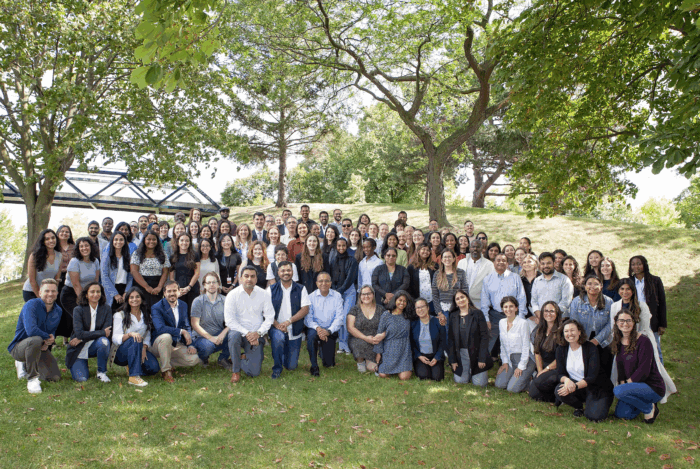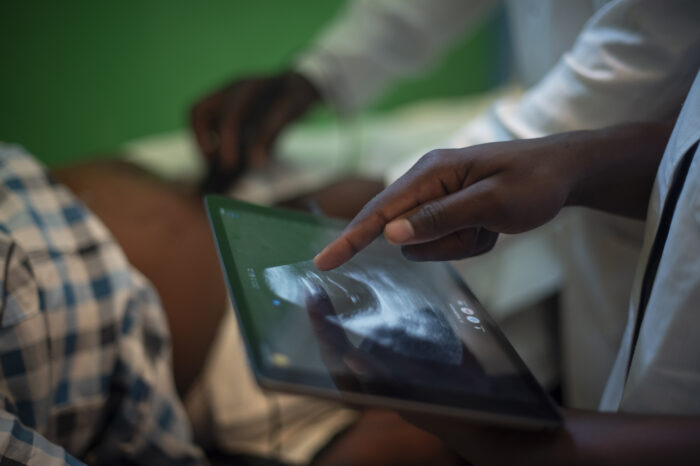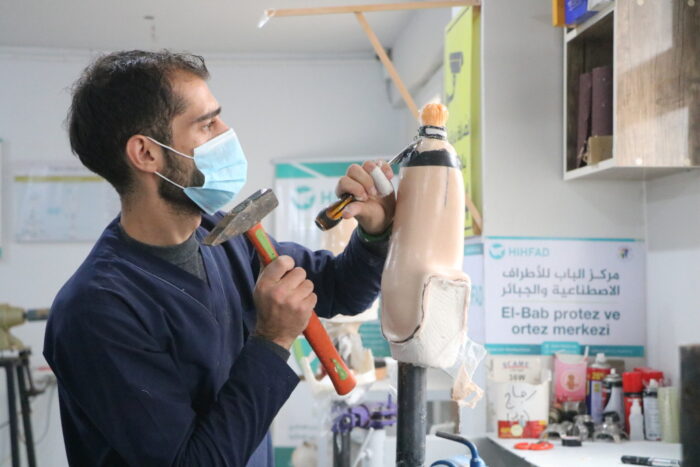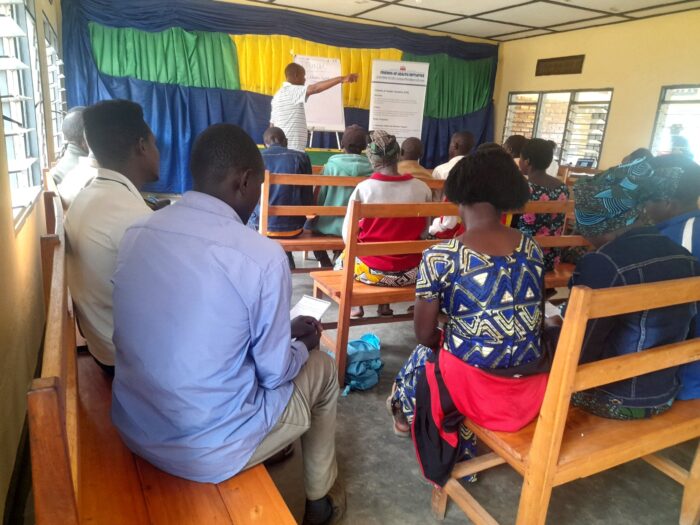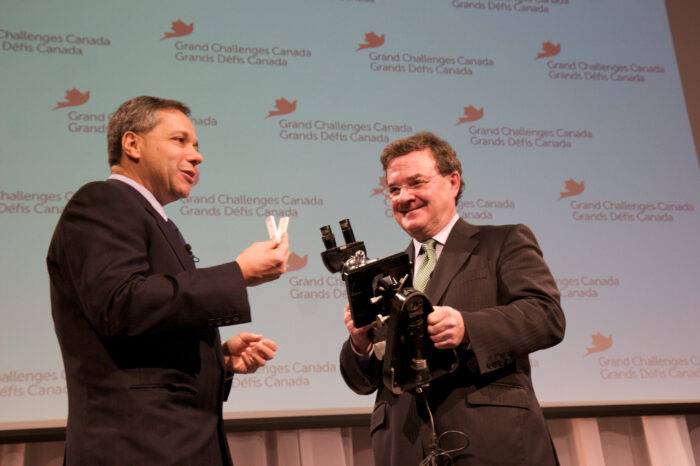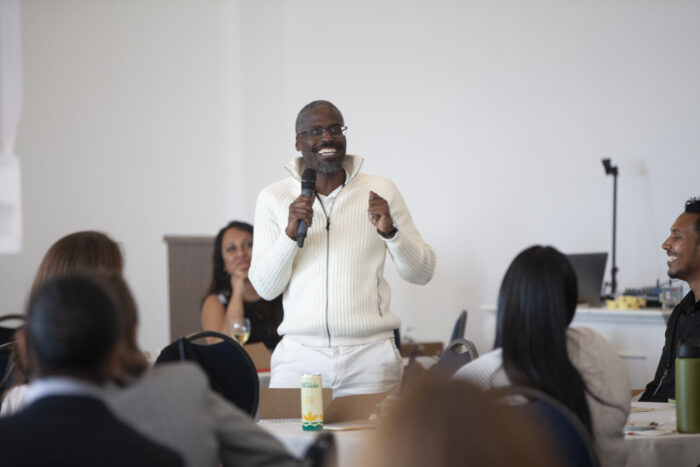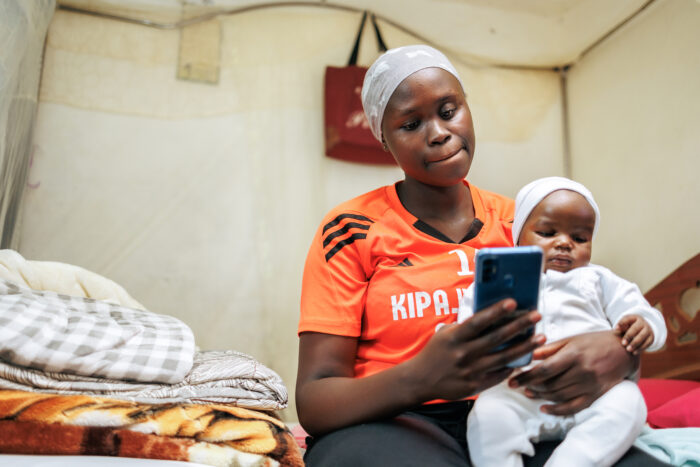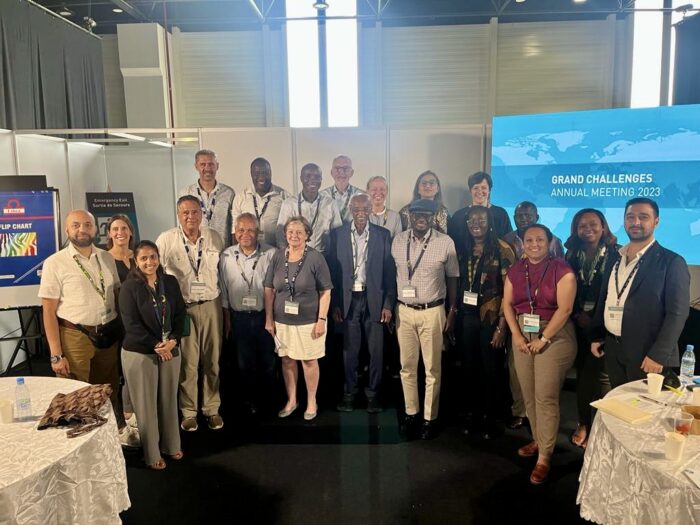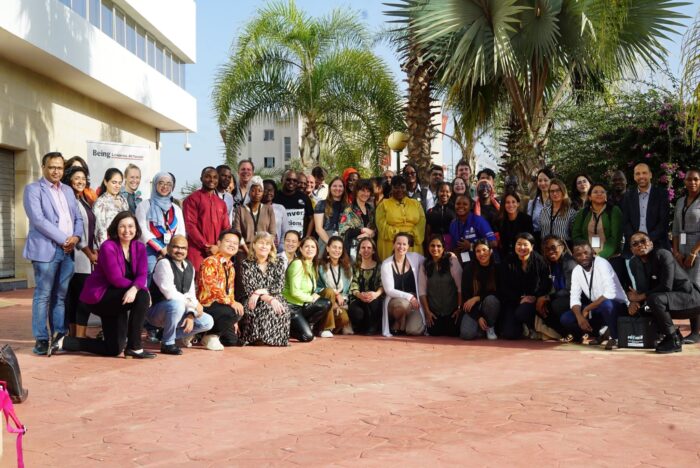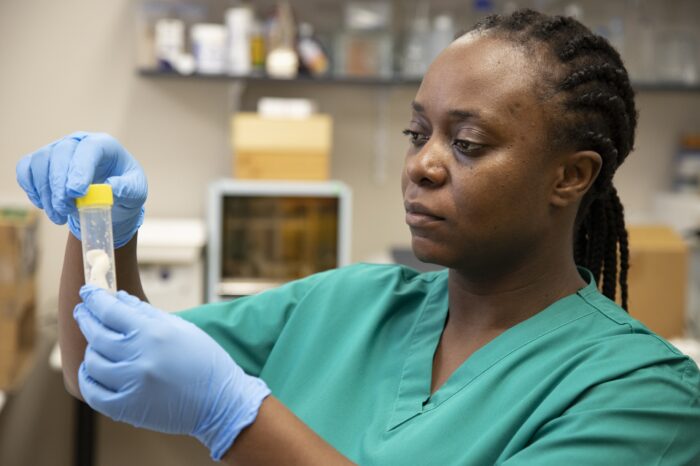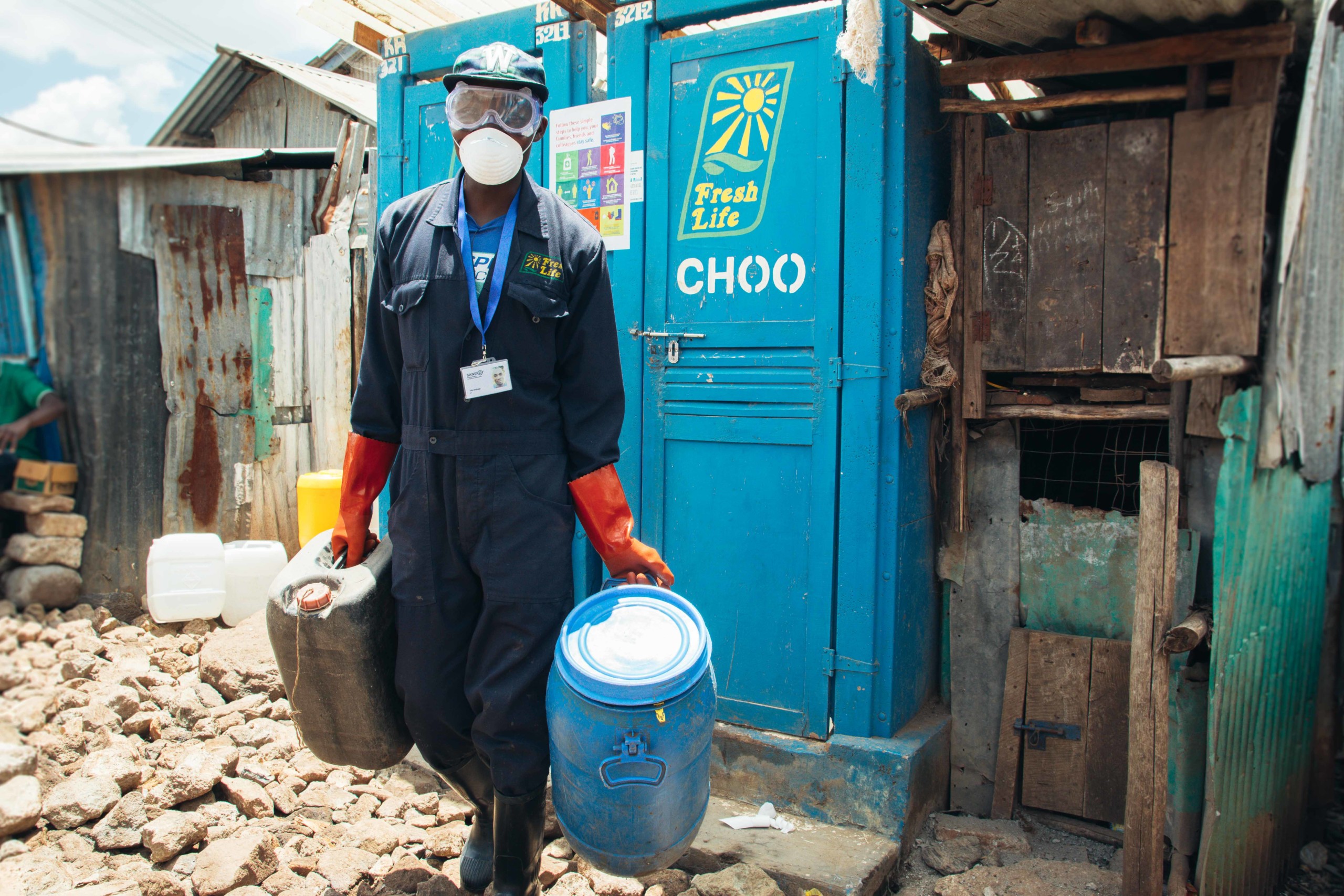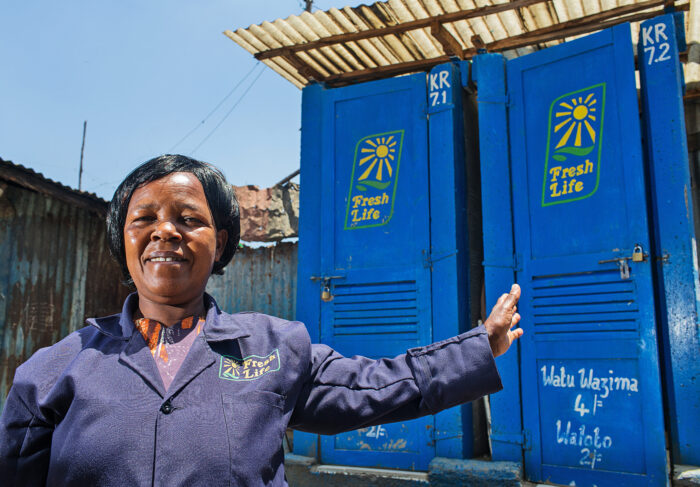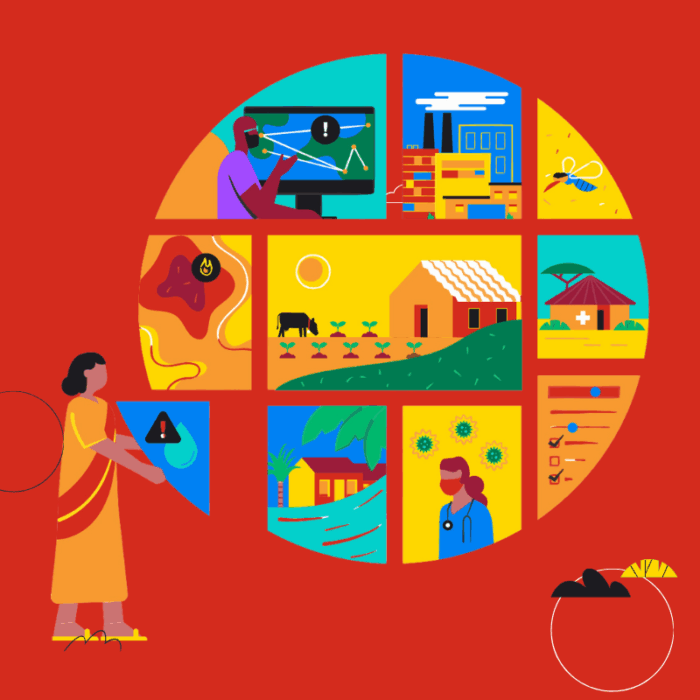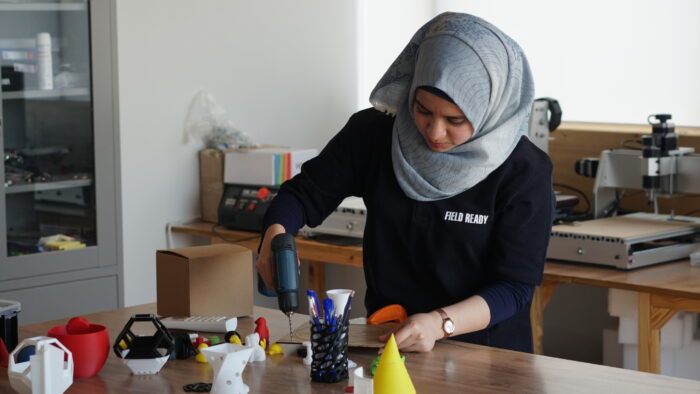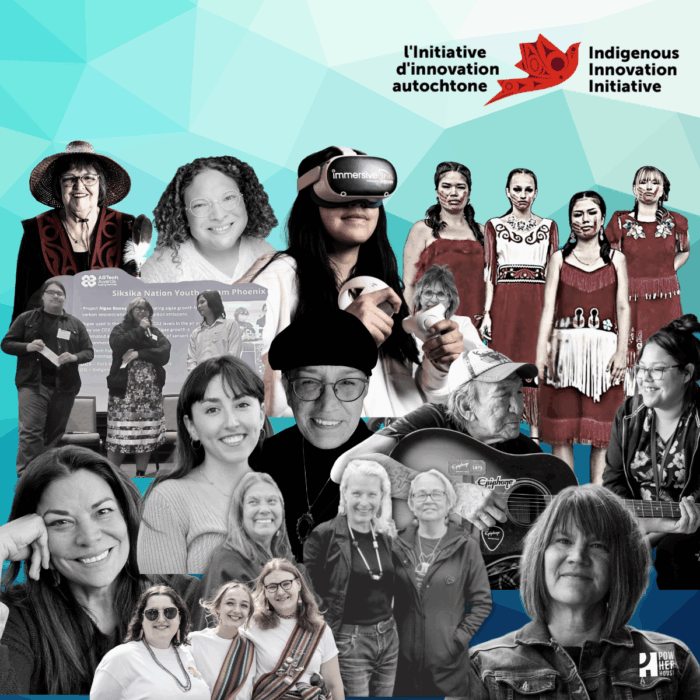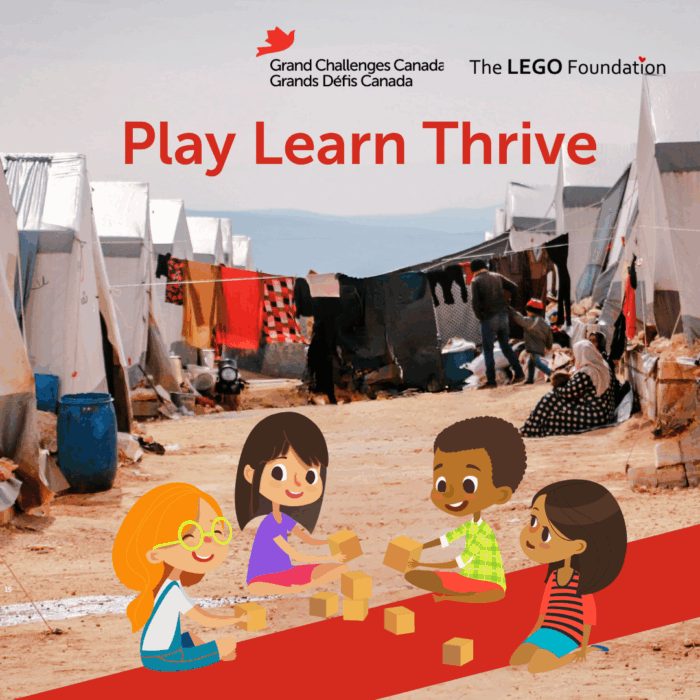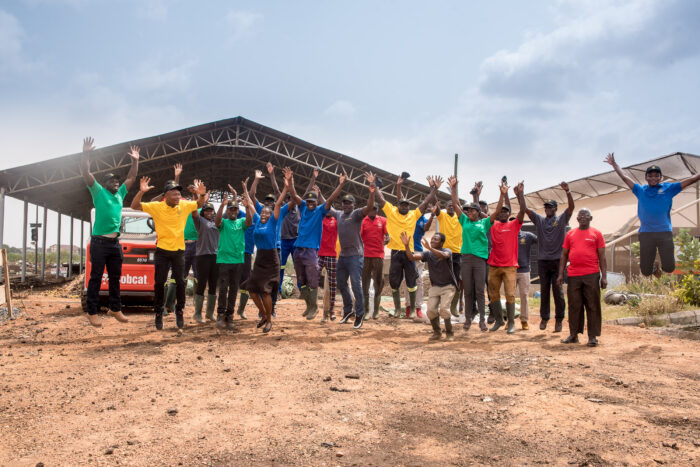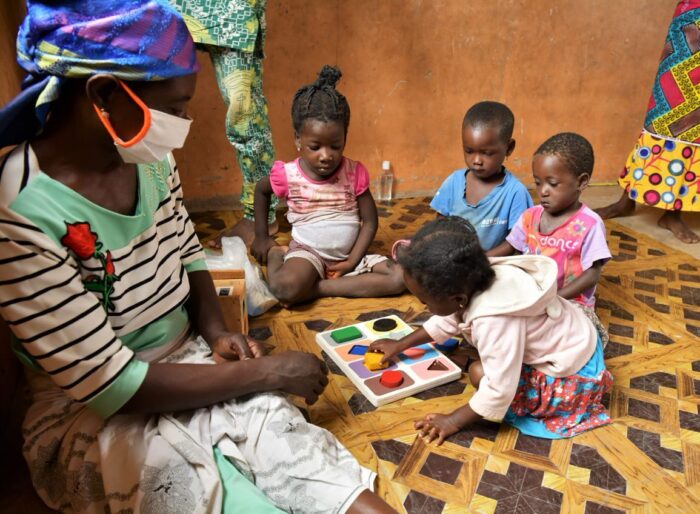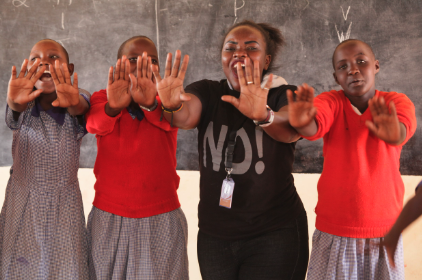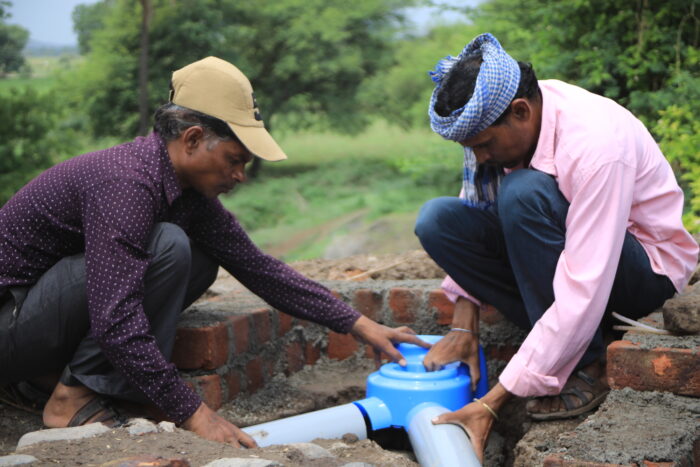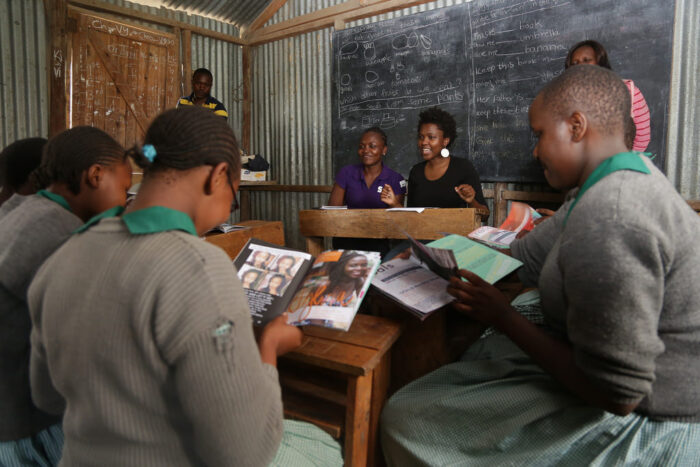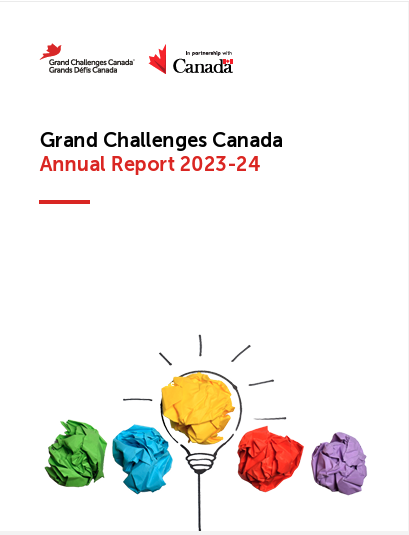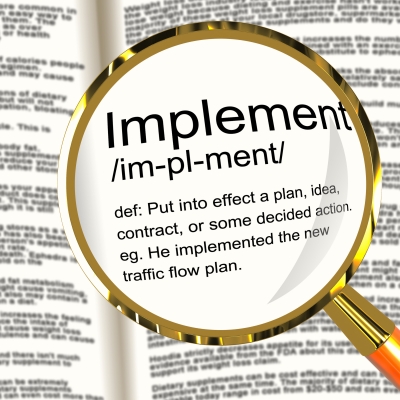This is the third part of the six-part blog series ‘Building the Business of Grand Challenges Canada’
“Life is 5% strategy and 95% execution.”
I first heard these words spoken by Joseph L. Rotman, the Chairman of Grand Challenges Canada’s Board of Directors, and now hear them often repeated internally. In other words, we knew what were planning to do, but now we needed to figure out how to actually do it.[1]

Based on our value proposition, we felt the key principle to best enable our grantees was to take a collaborative approach to managing projects. We work in partnership with applicants to help them develop funding agreements that align with our strategic priorities and his/her institution’s focus and capabilities. This is an iterative process, building on the strengths of both organizations to shape a well-crafted agreement that will achieve the intended results.
Our level of engagement with innovators varies significantly depending on the project size, complexity, and risk. Appropriate partnership with our funded innovators is critical and good communication is essential for achieving results. We encourage our innovators to communicate openly with us about the process (including funding negotiations and project management) and our partnership, and also raise any questions or concerns that arise during the course of the project. We commit to doing the same.
After the funding agreements are completed, our team structure and processes are designed to ensure that our program team – who are the content experts – can spend their time and energy providing meaningful support to our innovators through review and analysis of research plans and goals, review of progress reports, site visits, comments on specific deliverables, coordination of discussions with related organizations, and participation on advisory committees and boards.
Because so much work must be done upfront to ensure everyone is on the same page before signing any agreements, we have focused on mapping out the funding process in great detail to identify the parts of the process that can be standardized and those that require more flexibility.
Trying to develop and map out an efficient process that still encourages collaboration was not easy. I wish I could say that we sat in a room until we drafted the perfect process. Instead, it took months of internal discussion, documentation, and most importantly, open engagement with our partners and stakeholders. It should also be noted that the final product was far from perfect.
Besides, the open engagement can be extremely time consuming. Indeed, the first major global health conference I attended was the Grand Challenges conference in Seattle during November 2010. I had so many side meetings with different staff and stakeholders from our partners at the Bill & Melinda Gates Foundation that the only conference session I actually sat through was Bill Gates’ keynote address![2]
However, being able to talk honestly and openly about their processes was immensely helpful and I am grateful for all the insight they were able to provide[3]. During the development of our funding processes, I made an effort to have similar meetings with other agencies and foundations about their successes and areas for improvement.
Since we were in start-up mode, there was extreme pressure to implement a funding process quickly. The temptation was to ask an expert how to do a particular piece of the process and then try to replicate it at your own organization. However, because this was to be a key differentiator of our operating model, we:
- Borrowed some elements we liked from the other operating models
- Pieced those elements into a draft model
- Circulated the model to all team members for feedback
- Incorporated their ideas into the model as best we could
- Implemented the draft process [4] with the understanding that we would continue to look for improvements
The model itself is constantly evolving. By making this a focus of our quarterly strategic retreats, we strive to maximize the value extracted from the process while improving efficiency. Based on the feedback we have heard from innovators and applicants, it sounds like our collaborative project approach is unique and well-appreciated.
B-schooler, do-gooder and ace networker, Raymond Shih believes in telling the Grand Challenges story like a B-school case study in his tongue-in-cheek style. Follow the six-part series here and reach out to him on Twitter @RvShih.
Notes
[1] Another way to interpret the same phrase: you don’t win any awards for coming up with brilliant strategy in absence of action. For example, a mass-market retailer like Wal-Mart can strive to profit by providing low margin goods at huge volumes. A skilled tailor can aim to provide exceptionally customized and high quality goods at low volumes but with a large margin. Both strategies make sense and can work but success will ultimately depend on the people and processes behind them.
[2] There was absolutely no way I was going to miss Bill Gates’ keynote address for a side meeting.
[3] One of the side meetings that I was invited to attend was with Liz Bird and Brad Tytel of a New York based consulting firm called Global Health Strategies. They provided fantastic advice and insight but at the time, I was puzzled by why they were introduced to me. Not understanding the connection, I thought it was unlikely we would cross paths again so I didn’t spend as much time as I should have to get to know them. However, since then almost every time I landed outside of Canada for work, one of them would be there and it has been a privilege to work with them on a variety of initiatives.
Executionist tip: If you see the same people on every business trip, make sure you understand why and get to know them!
[4] Executionist tip: Don’t be afraid to actually pull the trigger. Hearing feedback from stakeholders that an initiative has potential shortcomings is not a reason to not try it. The goal should be to understand the risks, be honest about failures, and figure out ways to deal with them. Strategizing endlessly is essentially the same as deciding to do nothing.
